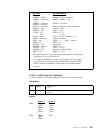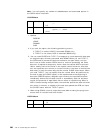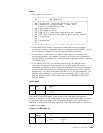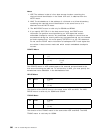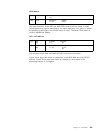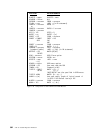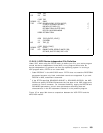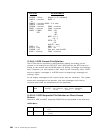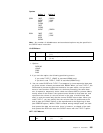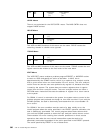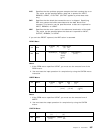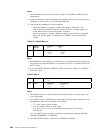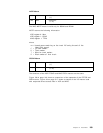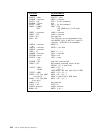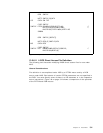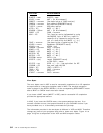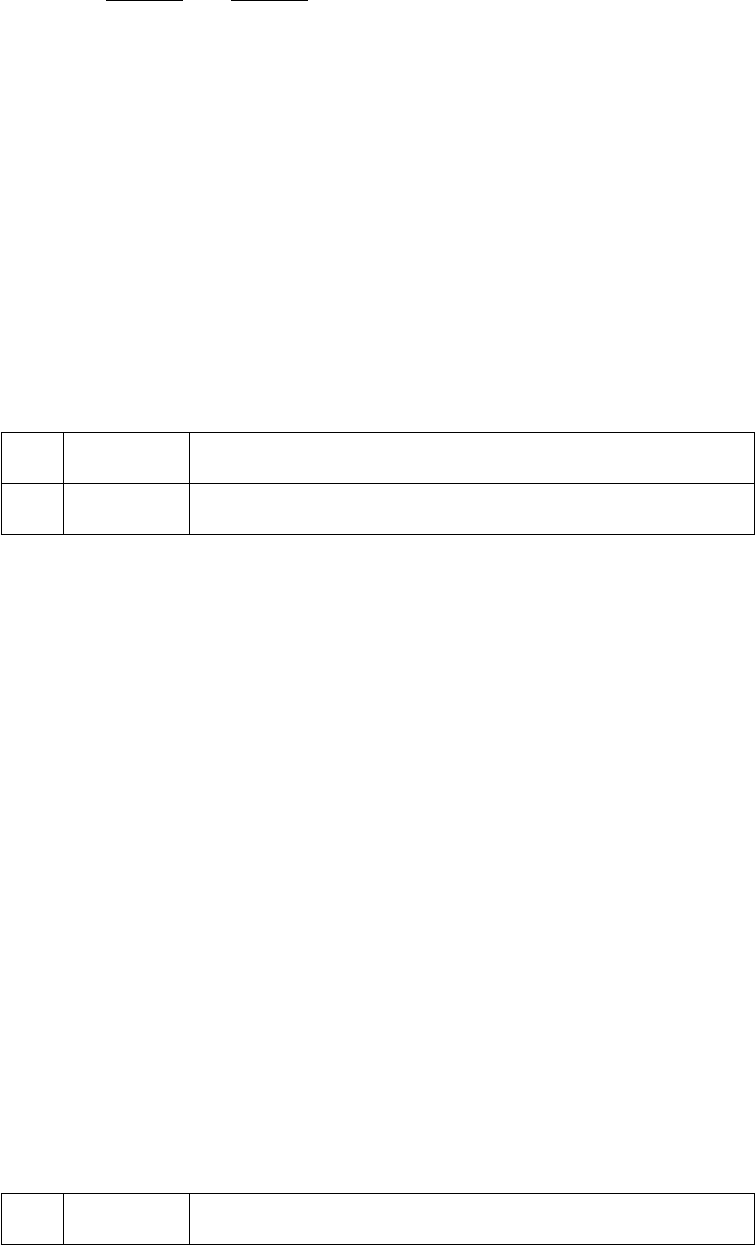
Options
Option 1 Option 2
QSAM INPUT ,REREAD
OUTPUT ,LEAVE
UPDAT ,DISP
EXTEND
INPUT
EXTEND
OUTPUT ,REREAD
BSAM INOUT ,DISP
UPDAT ,LEAVE
OUTIN
OUTINX
Note: Any number of dcbaddresses and associated options may be specified in
the OPEN macro instruction.
CLOSE Macro
1. Options
REREAD
LEAVE
FREE
DISP
2. If you omit the option, the following positioning occurs:
If you code TYPE=T, LEAVE is assumed (BSAM only).
If you don′t code TYPE=T, DISP is assumed (BSAM only).
3. You can code CLOSE with TYPE=T to temporarily close sequential data sets
on direct access volumes processed with BSAM. When you use TYPE=T, the
DCB used to process the data set maintains its open status, and you don′t
have to issue another OPEN macro to continue processing the same data
set. A request to temporarily close a data set causes MVS to process labels,
modify some of the fields in the system control blocks for that data set, and
reposition the volume (or current volume in the case of multivolume data
sets) in much the same way that the normal CLOSE macro does. When you
code TYPE=T, you can specify that the volume either be positioned at the
end of data (the LEAVE option) or be repositioned at the beginning of data
(the REREAD option). When a DCB is shared among multiple tasks, the task
that opened the data set must also close it; however, a subtask of the task
that opened the DCB can issue the CLOSE macro with the TYPE=T option.
GET / PUT Macros
VSE CLOSE(R) filename ,777
(r1)
MVS CLOSE dcbaddress option ,... ,TYPE=T
(2-12)
VSE GET
PUT
filename ,workname
(1) (0)
Chapter 13. Assembler 305



